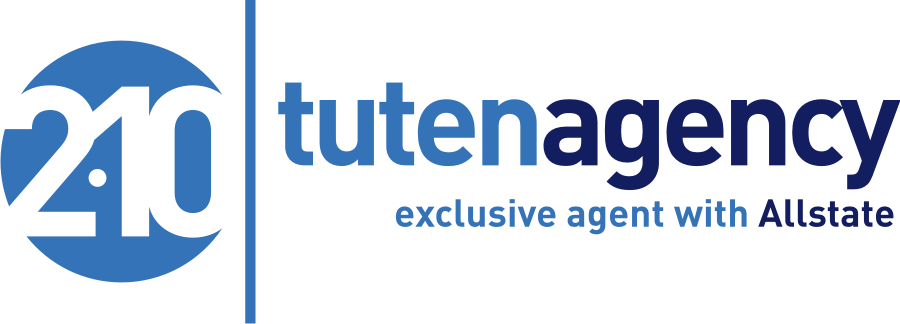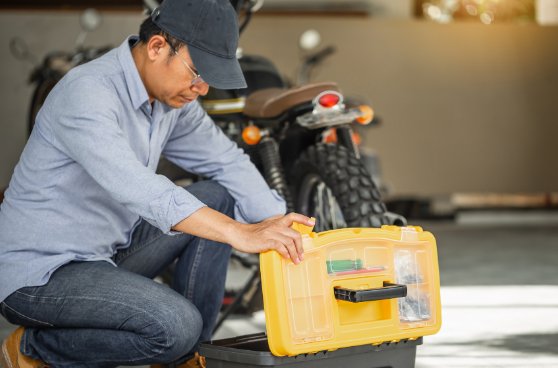Making the Right Choice: How to Buy a Used Motorcycle
Buying a used motorcycle, whether it’s your first bike or the one you’ve been dreaming about, is a smart way to save some cash while still getting a great ride. But it’s not as simple as just picking one and paying for it. You’ve got to do your homework to make sure you’re getting a good deal. This includes deciding whether to buy from a dealership or someone who’s selling their bike, and knowing how to make the right offer. Here are some straightforward tips to help you buy a used motorcycle.
Identify Your Needs
Before diving into the market for used motorcycles, it’s essential to pinpoint what you’re looking for. Think about your riding skills, the kind of bike you want (like a cruiser, sport bike, or adventure bike), how you plan to use it (for daily commuting, long tours, or off-road adventures), and how much you’re willing to spend.
Also, consider the ongoing maintenance costs, such as the price of motorcycle tires if you’re purchasing them online. Remember, different motorcycles require different types of tires, and the costs can vary significantly. Having a clear understanding of these factors will guide you in choosing the right motorcycle, particularly when it comes to specific needs like ordering tires online.
Begin Your Bike Hunt
Ready to find your perfect motorcycle? It’s time to dive into some serious research. Hit the internet and explore various websites, forums, and online classifieds. You’re looking for info on different bike models – their prices, how reliable they are, and any common problems they might have. Also, take the time to read up on reviews.
Even better, connect with some veteran riders. They can offer priceless insights and real-life experiences about the motorcycles you’re considering. This groundwork will help you make an informed decision for your next ride.
Plan Your Finances
Setting a budget is an essential part of your motorcycle buying journey. Decide on the amount you’re comfortable spending on the bike and factor in extra expenses like insurance, upkeep, and extras. Remember, while used motorcycles are usually cheaper upfront, they might need more care compared to new ones. It’s also important to prioritize quality, especially with spare parts and tires. Opting for cheaper, used tires might seem like a good deal, but it can be risky. Safety should always come first.
Evaluate the Bike Thoroughly
When you’re ready to buy a used motorcycle, it’s crucial to check its condition closely. If you’re not too sure about what to look for mechanically, it might be a good idea to take along a friend who knows bikes, or even hire a mechanic. Here’s what you should focus on:
- Engine: Check for oil leaks, odd noises, or a lot of smoke.
- Frame and Body: Look out for any damage, rust, or signs of shoddy repair work.
- Tires: Make sure the tires are in good shape. Check the tread depth and look for any damage.
- Suspension: Take a close look at the forks, shocks, and springs.
- Electrical System: Test all the lights, blinkers, and switches to make sure they’re working.
- Brakes: Make sure the brakes feel right and are working well. It’s essential to check the brake pads for wear; ideally, they should have at least 1/4 inch of pad material remaining. Thin or unevenly worn pads can significantly impact braking performance and safety.
- Documentation: Always check that the bike has the right papers, like a clean title and a record of its service history.
Try It Out on the Road
It’s a rule of thumb to never purchase a used motorcycle before you’ve had a chance to test ride it. This ride is your opportunity to check how the bike performs and feels. Keep an eye on these key aspects while you’re out riding:
- Acceleration and Power: Make sure the bike accelerates evenly and can handle various speeds without any issues.
- Braking: Test how well the brakes work and how quickly they respond.
- Handling and Stability: See how well the bike handles turns and stays stable. Don’t forget to test the suspension.
- Comfort: Check if the riding position and overall ergonomics work for you. You want to be comfortable while riding.
- Gear Shifting: Go through all the gears to ensure they shift smoothly.
- Background Check: Finally, doing a history check of the vehicle is always a good idea.
For added peace of mind about the motorcycle you’re interested in, it’s wise to conduct a vehicle history check. This can reveal details about any past accidents, the bike’s maintenance records, and the status of its title.
Assessing and Discussing the Price
After selecting a motorcycle, it’s important to evaluate its price. Consider its overall condition, mileage, the year it was made, and its current market value. Look at similar bikes for sale to make sure the price is reasonable. If there are any problems found during the inspection or test ride, mention these as reasons to negotiate a lower price. Remember to negotiate fairly but firmly to achieve an agreement that works for both parties.
Sorting Out the Paperwork
Make sure all the necessary documents are ready before you seal the deal. This includes the bike’s title, registration, service history, and any applicable warranties or insurance policies that can be transferred. Double-check that the seller’s details match the documents. Complete all the required forms to legally transfer ownership.
Getting Insurance and Registration
You’ll need to get insurance for your new ride before you start using it. Shop around to find the best insurance rates and coverage for your situation. Then, register the motorcycle with your local DMV or similar authority. This will get you the necessary license plates and make sure you’re following local laws.
Regular Maintenance
After your purchase, keeping up with regular maintenance is key. Stick to the recommended service schedule from the manufacturer and have a mechanic you trust check your bike regularly. This will help keep your motorcycle running well and safely for a long time.
Summary
Buying a used motorcycle is an excellent way to enjoy the thrill of riding without the steep cost of a new bike. The process requires careful consideration, from determining your needs to conducting thorough research and planning your finances. It’s essential to evaluate the bike’s condition, take it for a test ride, and check its history to ensure you’re making a sound investment.
Negotiating a fair price and handling all the necessary paperwork, including insurance and registration, are also key steps in the process. Finally, committing to regular maintenance ensures the longevity and safety of your motorcycle. By following these steps, you’ll be well on your way to hitting the road with a reliable and enjoyable ride.
FAQs
What are some red flags to look out for when inspecting a used motorcycle?
Look for mismatched paint, welded frame parts, or signs of a bent frame, as these can indicate past accidents. Excessive rust or corrosion, oil leaks, and unusual engine noises are also warning signs.
Can I negotiate the price based on the motorcycle’s condition?
Yes, it’s common to negotiate the price, especially if you find issues during the inspection or test ride that might require future repairs.
Should I buy a motorcycle that needs repairs?
It depends on your ability and willingness to handle repairs, either personally or financially. Calculate potential repair costs and consider them in the purchase price.
Get the right coverage for your motorcycle with tutenagency
New tutenagency customers?
Quote motorcycle insurance online or call (334) 502-5111 to insure a motorcycle.
Disclaimer: This content is for informational purposes only and should not be considered legal or financial advice. Always consult with qualified professionals in legal and financial fields before making any decisions.

